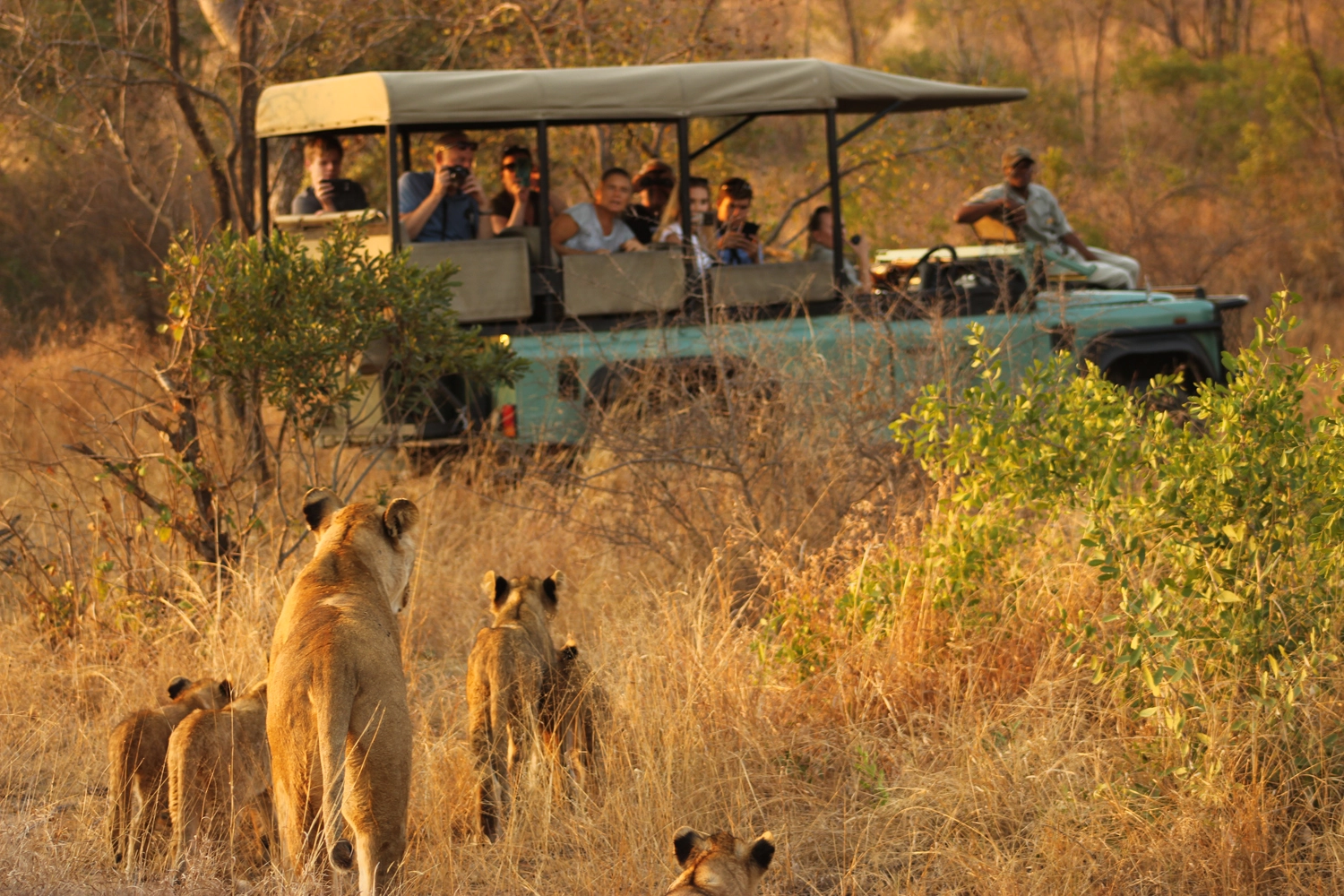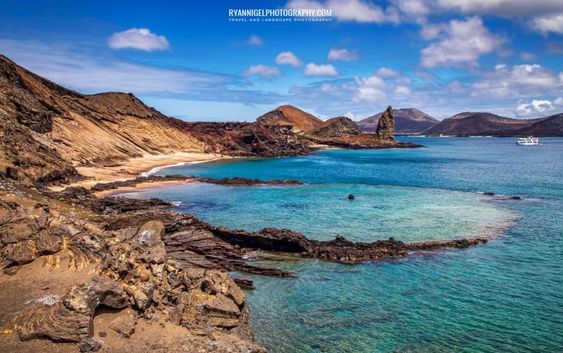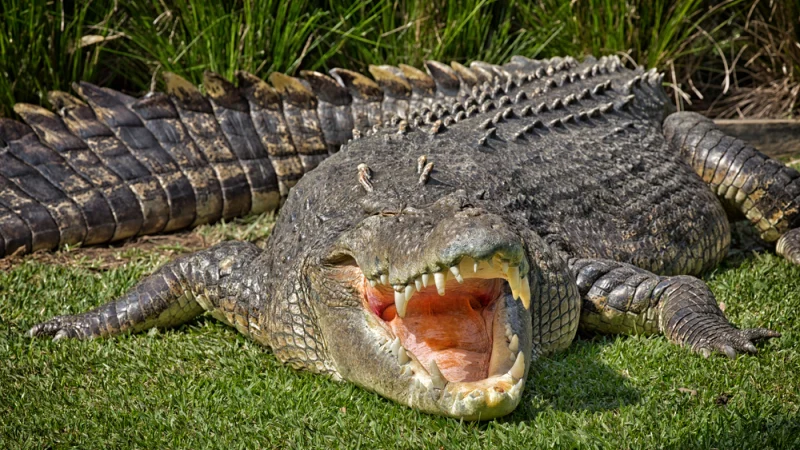Welcome to Kruger National Park, South Africa’s wildlife wonderland! Embark on a mesmerizing journey through this pristine wilderness, teeming with diverse flora and fauna. Spanning an expansive area of nearly 2 million hectares, Kruger National Park is a sanctuary where nature thrives in all its glory.
Step into this enchanting realm, and you’ll be greeted by the renowned Big Five – lions, leopards, elephants, rhinos, and buffalos. As you traverse the park’s rugged terrain, keep your eyes peeled for an array of other remarkable species, from graceful giraffes to stealthy cheetahs and playful hippos. Over 500 bird species grace the skies above, delighting birdwatchers and photographers alike.
Experience the thrill of encountering these magnificent creatures up close on guided game drives or guided walks led by experienced rangers. Immerse yourself in the sights and sounds of the African bush as you witness the circle of life unfold before your eyes.
Kruger National Park guarantees an unparalleled safari experience, with its stunning landscapes, rich wildlife, and unforgettable encounters. It’s no wonder this national park attracts adventurers and nature enthusiasts from around the globe. Discover the magic of Kruger National Park, where every moment feels like stepping into a wildlife documentary come to life.
The History and Significance of Kruger National Park
Contents
- 1 The History and Significance of Kruger National Park
- 2 Wildlife Diversity in Kruger National Park
- 3 Famous Animals of Kruger National Park
- 4 Best Time to Visit Kruger National Park
- 5 Accommodation Options in and Around Kruger National Park
- 6 Activities and Attractions in Kruger National Park
- 7 Conservation Efforts in Kruger National Park
- 8 Tips for Visiting Kruger National Park
- 9 Exploring the Wonders of Kruger National Park
Kruger National Park’s history is as rich and diverse as the wildlife it protects. Established in 1898 as the Sabie Game Reserve, it was created in response to the alarming decline of wildlife due to poaching and habitat loss. The vision was to preserve the natural heritage of the region and safeguard Africa’s incredible biodiversity for future generations. In 1926, Sabie Game Reserve was officially declared Kruger National Park, named after President Paul Kruger, who was instrumental in its creation.
The park’s establishment is significant not only for wildlife conservation but also for the development of eco-tourism in South Africa. The commitment to preserving the park’s ecosystems has made it a global model for conservation efforts. Kruger National Park has become a vital part of South Africa’s tourism industry, drawing millions of visitors each year, thus contributing to the local economy while promoting awareness of environmental issues.
Moreover, the park serves as a living laboratory for scientists and researchers. Ongoing studies in the park contribute to our understanding of wildlife behavior, ecology, and conservation strategies. Kruger National Park is not just a sanctuary for animals; it’s a place where humanity learns to coexist with nature, making it historically and ecologically significant.
Wildlife Diversity in Kruger National Park
The wildlife diversity in Kruger National Park is astounding, featuring an extensive array of species that inhabit various ecosystems. From the dense bushveld to open savannas, this park supports a multitude of habitats, each home to unique flora and fauna. The park is renowned for its large mammal populations, with elephants roaming in herds and lions stalking through the tall grasslands.
In addition to the Big Five, Kruger is home to numerous antelope species, including impalas, kudu, and nyala. Their agility and grace add a captivating dynamic to the park’s landscapes, often becoming focal points for nature enthusiasts. Alongside these mammals, the park hosts an impressive range of reptiles, amphibians, and insects, showcasing the intricate web of life that thrives within its boundaries.
The avian population in Kruger is equally impressive, with over 500 species recorded. Birdwatchers can spot everything from the vibrant lilac-breasted roller to the majestic African fish eagle. The diversity of habitats supports a variety of birdlife, making Kruger a prime destination for ornithologists and casual birdwatchers alike. This incredible wildlife diversity makes every visit unique, as no two safaris are ever the same.
Famous Animals of Kruger National Park
While the Big Five are undoubtedly the stars of Kruger National Park, the park is also home to many other remarkable species that captivate visitors. The African elephant, the largest land mammal, can often be seen in large herds, foraging for food and water. Their social structures are fascinating, and observing their interactions provides a glimpse into their complex lives.
The elusive leopard is another iconic inhabitant of Kruger. Known for its solitary nature and remarkable climbing abilities, spotting a leopard can feel like hitting the jackpot during a safari. Their beautiful spotted coats allow them to blend seamlessly into their surroundings, making them masters of stealth. Many visitors leave the park with unforgettable memories of these majestic felines.
Another notable inhabitant is the African wild dog, a highly social and endangered species. Their unique hunting techniques and pack dynamics make them a thrilling sight for wildlife enthusiasts. These colorful canines are often seen on the move, showcasing their playful nature and strong social bonds. Each of these species, along with countless others, contributes to the rich tapestry of life in Kruger National Park, making it a wildlife lover’s paradise.

Best Time to Visit Kruger National Park
Determining the best time to visit Kruger National Park largely depends on what you hope to experience. The dry winter months, from May to September, are generally considered the ideal time for wildlife viewing. During this period, animals congregate around water sources, making sightings more frequent and predictable. The vegetation also thins out, providing clearer views of wildlife.
In contrast, the wet summer months, from October to April, bring lush greenery and vibrant blooms, creating a beautiful backdrop for photography. While wildlife might be more dispersed, this season is excellent for birdwatching, as migratory species return and nests are filled with young chicks. The park’s landscapes transform dramatically, showcasing the beauty of the African bush in full bloom.
Visiting during the shoulder seasons, such as late April or early October, can also be rewarding. These periods offer a balance between good wildlife sightings and fewer crowds. Ultimately, the best time to visit Kruger National Park depends on your personal preferences and interests, whether it’s observing animals in their natural habitat or enjoying the stunning scenery.
Accommodation Options in and Around Kruger National Park
Kruger National Park offers a wide range of accommodation options to suit every budget and preference. Inside the park, guests can choose from various rest camps equipped with essential amenities. These camps provide a unique opportunity to immerse yourself in nature while enjoying comfortable lodgings. The Skukuza Rest Camp, for instance, is the largest camp, offering various accommodation types, from bungalows to campsites.
For those seeking a more luxurious experience, numerous private lodges are available within and on the park’s periphery. These lodges often provide all-inclusive packages, featuring gourmet meals, guided safari drives, and personalized service. Staying at a private lodge allows guests to experience the wilderness in style while enjoying exclusive access to wonderful wildlife encounters.
Moreover, the surrounding areas of Kruger National Park offer additional accommodation options, including guesthouses and hotels in nearby towns such as Hazyview and Hoedspruit. These towns serve as excellent bases for exploring the park and other attractions, providing visitors with a wider selection of dining and entertainment options. Regardless of your choice, the accommodations near Kruger National Park ensure a memorable and comfortable stay in this wildlife wonderland.
Activities and Attractions in Kruger National Park
Kruger National Park is a treasure trove of activities and attractions for visitors eager to immerse themselves in the wilderness. Guided game drives are among the most popular activities, allowing guests to explore the park with experienced rangers who share their knowledge about wildlife and the ecosystem. These drives often take place at dawn or dusk, when wildlife is most active, providing thrilling opportunities for sightings.
For those who prefer a more intimate experience with nature, guided walking safaris offer a unique perspective on the park’s flora and fauna. Walking through the bush, accompanied by skilled rangers, allows participants to learn about animal tracks, plants, and the intricate relationships within the ecosystem. This immersive experience fosters a deeper appreciation for the natural world and the challenges it faces.
In addition to wildlife encounters, Kruger National Park features several cultural and historical attractions. Visitors can explore archaeological sites, such as the fascinating rock engravings at Masorini, which provide insight into the lives of early inhabitants. The park also offers opportunities for birdwatching and stargazing, further enhancing the diverse range of activities available. Whether you’re interested in wildlife, culture, or simply enjoying the great outdoors, Kruger National Park has something for everyone.
Conservation Efforts in Kruger National Park
Conservation efforts in Kruger National Park are paramount to ensuring the protection of its unique ecosystems and wildlife populations. The park employs a multi-faceted approach to conservation, focusing on anti-poaching initiatives, habitat restoration, and community engagement. Given the threats posed by poaching, particularly to rhinos and elephants, the park has implemented advanced monitoring techniques, including aerial surveillance and tracking technology, to safeguard its inhabitants.
In addition to combating poaching, mancingduit actively engages in habitat restoration projects. These initiatives aim to restore degraded areas, promote biodiversity, and enhance the resilience of ecosystems. By reintroducing native plant species and managing invasive species, the park contributes to the overall health of the landscape, ensuring that it continues to support diverse wildlife.
Community involvement is also a critical aspect of conservation in Kruger. The park collaborates with surrounding communities to promote sustainable practices that benefit both people and wildlife. Educational programs and tourism initiatives help raise awareness about the importance of conservation and foster a sense of stewardship among local residents. These efforts contribute to the park’s long-term sustainability and the well-being of both wildlife and human populations.
Tips for Visiting Kruger National Park
Planning a visit to Kruger National Park can be an exhilarating experience, but preparation is key to making the most of your adventure. First and foremost, ensure that you have the necessary permits and bookings in place well in advance, especially during peak tourist seasons. Familiarize yourself with the park’s rules and regulations to ensure a safe and enjoyable experience for yourself and the wildlife.
When it comes to packing, consider the climate and the activities you plan to engage in. Lightweight, breathable clothing is ideal for the warm days, while a warm jacket is essential for chilly evenings and early morning game drives. Don’t forget a good pair of binoculars, a camera to capture the breathtaking scenery, and sunscreen to protect yourself from the African sun.
Lastly, maintain a respectful distance from wildlife and follow the guidance of your rangers. Observing animals in their natural habitat is a privilege, and understanding their behavior contributes to a safer experience for both visitors and wildlife. With these tips in mind, your visit to Kruger National Park will be filled with unforgettable memories and awe-inspiring encounters.
Exploring the Wonders of Kruger National Park
Kruger National Park stands as a testament to the beauty and diversity of South Africa’s natural heritage. From its rich history and significance to the breathtaking wildlife encounters and stunning landscapes, there is an abundance of wonders to explore within its borders. Whether you’re a seasoned traveler or a first-time visitor, Kruger offers an unparalleled opportunity to connect with nature and witness the majesty of the animal kingdom.
The park’s commitment to conservation and sustainable tourism ensures that future generations will also have the chance to experience its extraordinary ecosystems. By visiting Kruger National Park, you not only embark on an unforgettable safari adventure but also contribute to the ongoing efforts to protect this wildlife wonderland.
As you plan your journey to this remarkable destination, remember that every moment spent in Kruger National Park is an invitation to witness the circle of life in action. From the grandeur of the elephants to the stealth of the leopards, the park is a living canvas of nature’s artistry. So, pack your bags, prepare your senses, and get ready to explore the wonders of Kruger National Park, where the magic of the African wilderness awaits.
Also read: Transmission Festival: A Visual and Sonic Trance Spectacle in Prague



